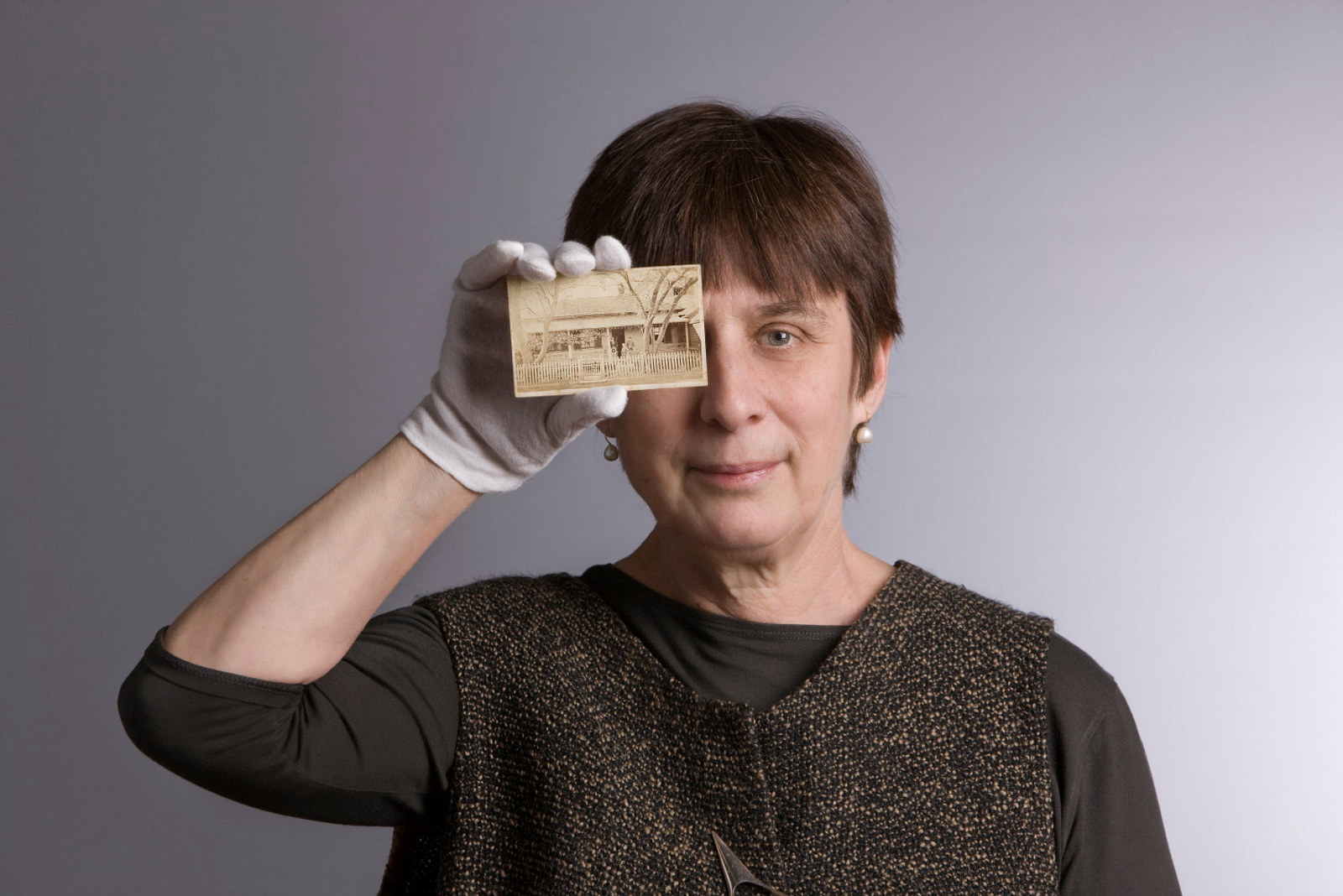Legislating for historic places
Conserving Sydney’s historic places: the early years
The recent digitisation of a collection of black and white photographic negatives given to the Historic Houses Trust in 1995 sparked an exploration of early efforts to protect significant historic buildings through legislation.
In January 1954, young Sydney architect Barry Wollaston travelled through the County of Cumberland – the geographical area bounded by the Hawkesbury, Nepean and Cataract rivers – photographing historic buildings. His camera captured churches, hospitals, barracks, houses, a watchtower, two bridges and a handful of public and commercial structures. Wollaston, newly graduated from the University of Sydney, had been commissioned to take the photographs for the NSW Chapter of the Royal Australian Institute of Architects (RAIA), working from a list drawn up in 1949 by the chapter’s Historical Buildings Committee.
The places, mostly built before the mid-19th century, were grouped into three lists. List A comprised 25 buildings judged to be ‘architecturally excellent’ and whose preservation was considered ‘essential at whatever the cost’. List B included another 25 buildings of ‘good architectural quality’ whose preservation was recommended, and List C included 23 buildings which were ‘architecturally interesting’ but whose preservation was ‘not essential’. These places were recommended for recording through photographs and drawings. A fourth list contained buildings rejected by the committee as having ‘little or no architectural merit’ even though some of them had great historical interest.1
Historic preservation
The RAIA lists represent a first step in the development of a movement for historic preservation in NSW. Until the 1940s, interest in preservation was mostly confined to a small group of antiquarians and historians centred around the Royal Australian Historical Society (RAHS), which had been formed in Sydney in 1901. In 1922, in the face of widespread demolition of city buildings and streets in the name of progress and modernisation, the society established a photographic section to record places of historic value before they disappeared. Mrs Eleanor Shaw, one of the most active members of the photographic section, recorded Elizabeth Bay House in 1927 at the time of the final subdivision of its once expansive estate. The house survived, marooned on a traffic island, shorn of its kitchen wing, its trees cut down and its gardens destroyed.
The 1933 demolition of the colonial mansion Burdekin House in Macquarie Street, followed within two years by a threat to demolish the Hyde Park Barracks, brought new voices into the preservation discussion, including architects and local government officials. Ten years later, in the final months of World War II, the passing of the Local Government (Town and Country Planning) Amendment Act provided the catalyst for legislative engagement with the idea of historic preservation. This piece of optimistic postwar reconstruction legislation created the Cumberland County Council as an intermediate tier between local and state governments. It was tasked with the preparation of a master plan for the county and focused on the big issues of land use and development, open space, living areas, industrial areas, and transport, but it was also authorised to protect and, if necessary, acquire buildings of historic interest.
In June 1946, the council’s inaugural chairman, architect John P Tate, made a commitment to the newly formed, but not yet public, National Trust of Australia (NSW) to protect historic structures within the county pending publication of the council’s master plan. If these were proclaimed by government as places of historic interest, the council had the power to prevent any development or action which would destroy the historic value of the place. The National Trust provided an interim list of structures to the council in August, and soon afterwards the Sydney Daily Telegraph announced that 30 historic landmarks and buildings, including the Hyde Park Barracks, were now ‘safe from wreckers’.2
The potholed path to proclamation
The Telegraph’s declaration was premature. The Cumberland County Plan wasn’t completed until 1948, and wasn’t adopted by Parliament until 1951. In any case, it made no financial provisions for preservation. Eventually, under pressure from the Department of Local Government to develop a framework for estimating the likely overall financial commitment resulting from proclamation, the council established a Historic Buildings Committee in June 1955, including delegates from the National Trust, the RAHS and the RAIA, and representatives from the architecture faculties of the University of Sydney and the NSW University of Technology (now University of NSW). Barry Wollaston, by this time a member of the RAIA’s reconstituted Historic Buildings Committee, was also a delegate to the council’s committee.
The committee established principles for selection, classification and preservation of places of historic interest, grouped into those buildings which should be proclaimed under clause 38 of the County of Cumberland Planning Scheme Ordinance (Register A) and those that should be documented and recorded and identified with a plaque (Register B). In December 1957, the Cumberland County Council stated publicly that it would recommend the proclamation of 18 buildings, including Elizabeth Farm house, Elizabeth Bay House, Vaucluse House, the Hyde Park Barracks, and the Rum Hospital.
Nothing further happened until August 1960, when the Minister for Local Government announced that five buildings would be declared ‘places of historic interest’: Elizabeth Farm house, Elizabeth Bay House, Kelvin (Bringelly), Fernhill (Mulgoa) and Roseneath (Parramatta). The rest of the council’s list was, the minister said, ‘receiving attention’.3 A sixth house, Glenfield at Casula, was gazetted in June 1961, leaving 12 in limbo. By this time government had decided that it wasn’t necessary to proclaim any buildings on the list already owned by government departments; the departments concerned would simply be notified of their importance. National Trust member Rachel Roxburgh thought that, judging by the state of some of those buildings, the notification must have been ‘lost in the post’.4
No time to spare!
While government dallied, demolition of historic structures proceeded apace. An important early house called Bungarribee at Doonside in western Sydney was demolished in May 1957. It had been included in the RAIA’s 1949 A list as a house so architecturally important that its ‘preservation was essential at whatever the cost’. In February 1958 the Department of Agriculture announced that it would demolish another former A lister, Macquarie Field House south of Liverpool;5 in 1959 the future survival of the Mint building, part of the Rum Hospital, was put in doubt; and in July 1961 Subiaco at Rydalmere was demolished. It was another house that was on the RAIA’s 1949 A list, and thousands of Sydneysiders visited the doomed property in its final days.
The house is in such a poor state of repair that the cost of restoration would be terrific. There is not a door or window left. The stone verandah floor has fallen through the rotted timbers in places, and the timber columns are falling off the front.
Barry Wollaston’s description of Macquarie Field House, January 1954
For the National Trust Women’s Committee, the loss of Subiaco was a catalyst for the organisation in May 1962 of a landmark exhibition titled No time to spare!, featuring the Trust’s own newly released A list of buildings. Six of the properties now in the portfolio of Sydney Living Museums were included in this list: Elizabeth Bay House, Elizabeth Farm, Hyde Park Barracks, The Mint, Vaucluse House and Throsby Park.
The Cumberland County Council acquired Elizabeth Bay House in August 1963, its first and only acquisition, but played no further role in the preservation process. It was dissolved in December 1963 and replaced by a State Planning Authority which acquired three historic properties in Queen Street, Campbelltown, in the 1960s, all places from the council’s Register A. All were buildings first listed by the RAIA in 1949, and all were photographed by Barry Wollaston in January 1954. Today the Wollaston collection provides an important record of historic buildings that have been lost, as well as those that have been saved.
Footnotes
1. RAIA (NSW Chapter): Interim report Historical Buildings Committee, 4 October 1949.
2. ‘Historic buildings safe from wreckers’, Daily Telegraph, 1 September 1946, p16.
3. ‘State Govt acts to preserve historic buildings’, The Sydney Morning Herald, 4 August 1960, p4.
4. Letter to The Sydney Morning Herald, 20 October 1961, p3.
5. Macquarie Field House was ultimately saved from demolition. It recently sold for more than $4 million.
Published on
Related stories
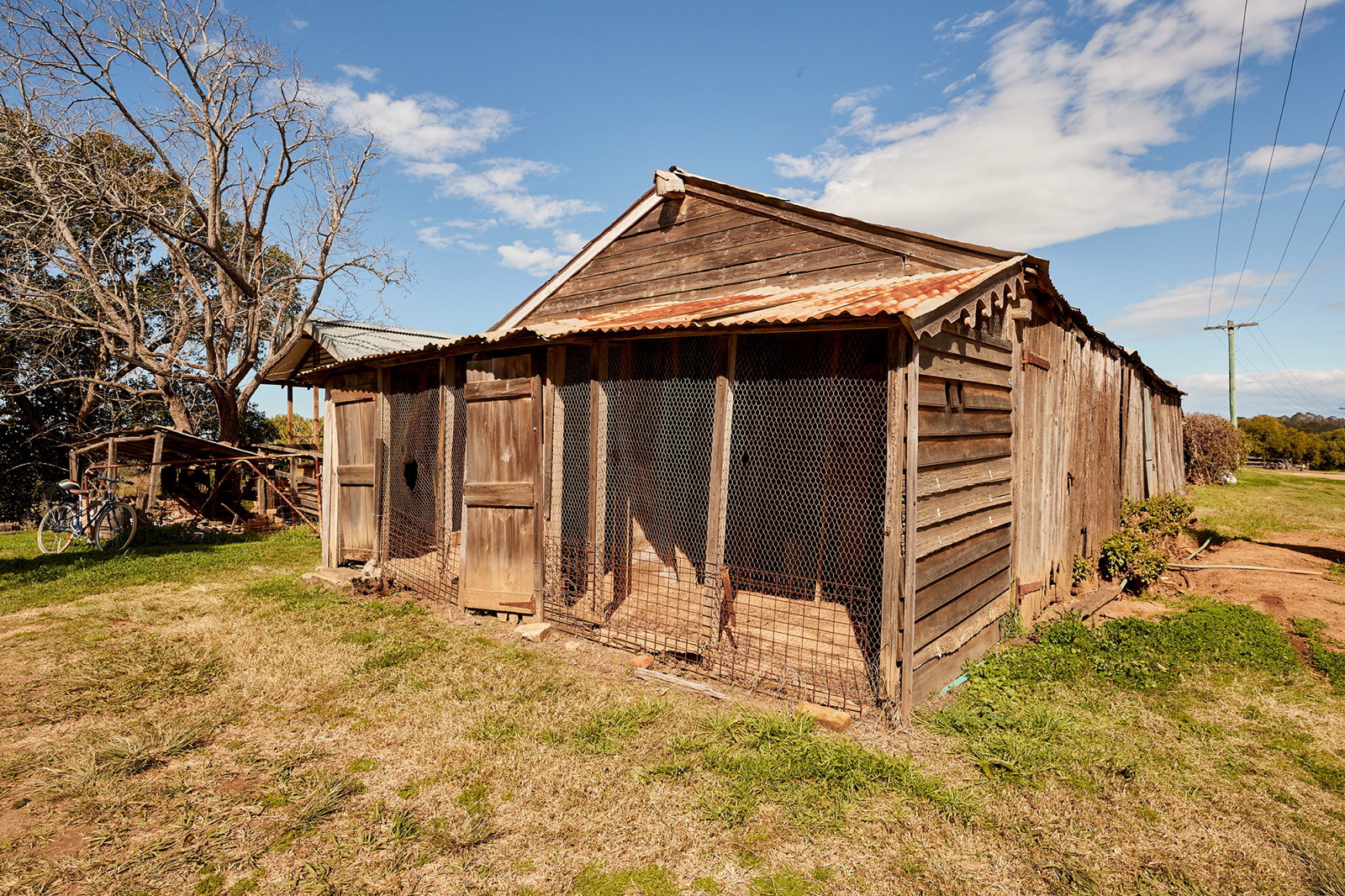
Conservation
A herculean task: clearing the woolshed
The first stage of a major conservation project at Rouse Hill Estate involved removing thousands of objects accumulated over 150 years of the property’s occupation
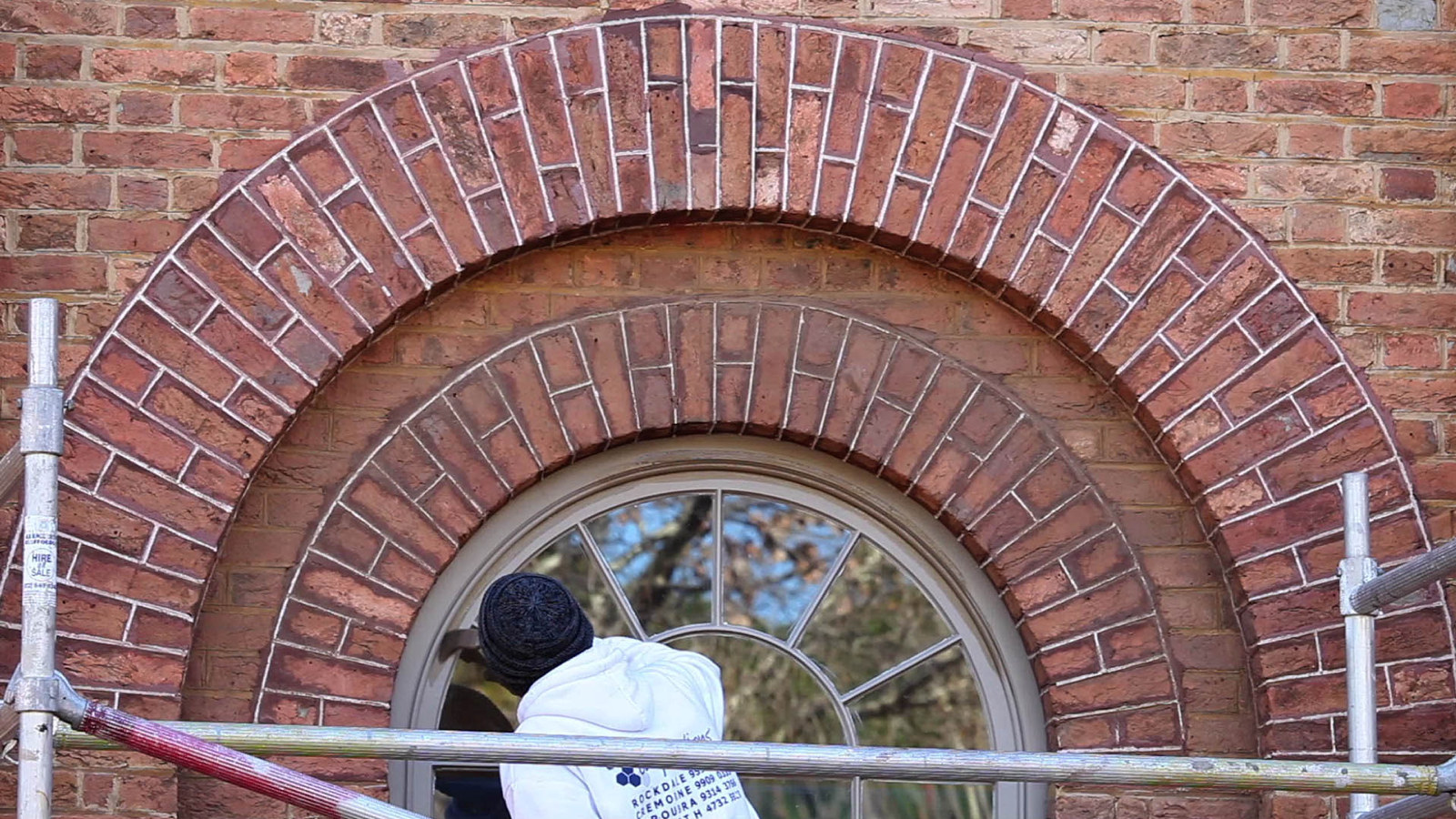
A lighter shade of drab
In this video, as specialist painter Adam John Christian Seur goes about his work, curator Gary Crockett explains the origin of drab
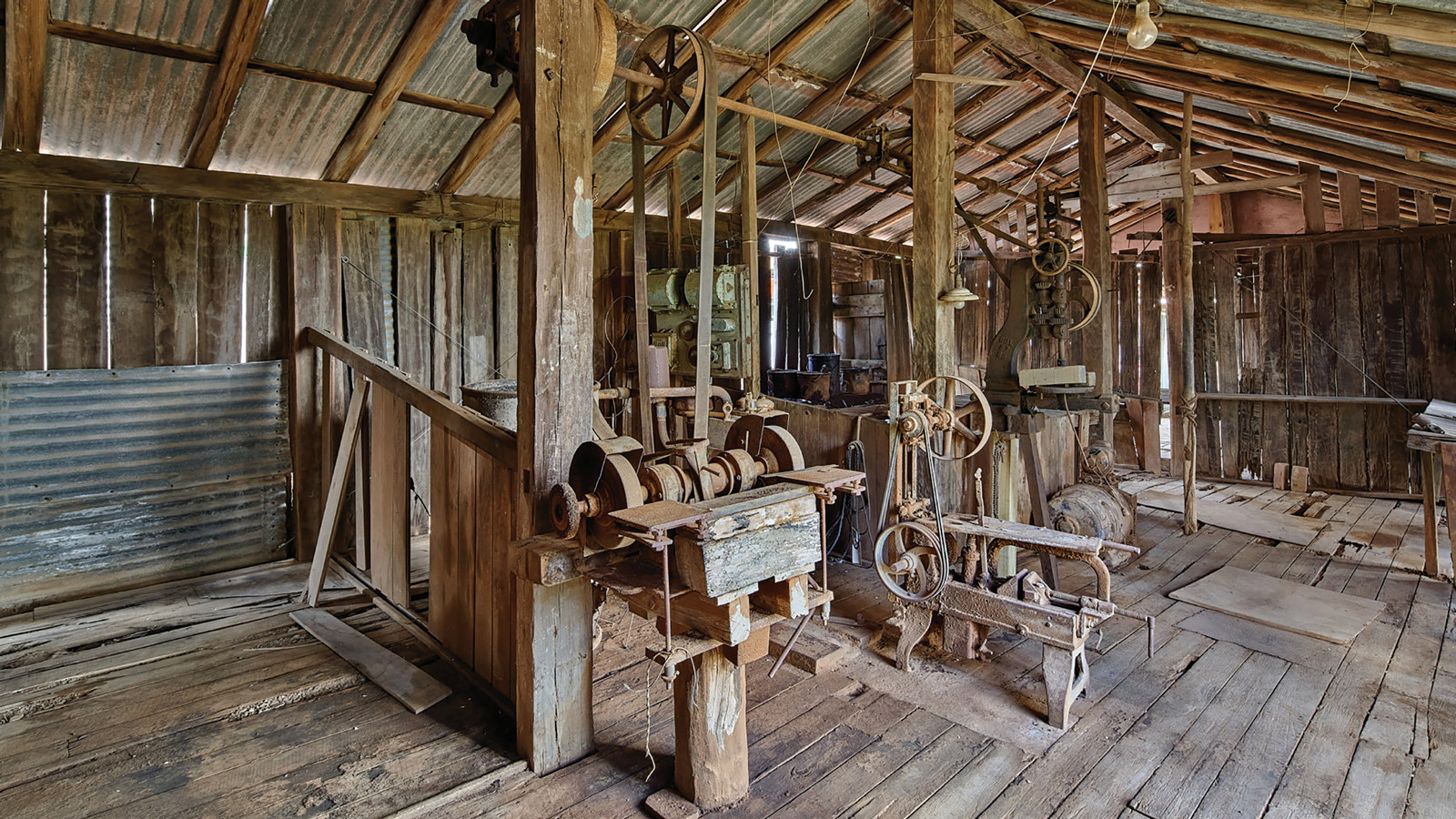
Conservation
A strong and simple structure: conserving the woolshed
The second phase of a major conservation project on the woolshed at Rouse Hill Estate has seen the rustic 160-year-old structure strengthened and stabilised
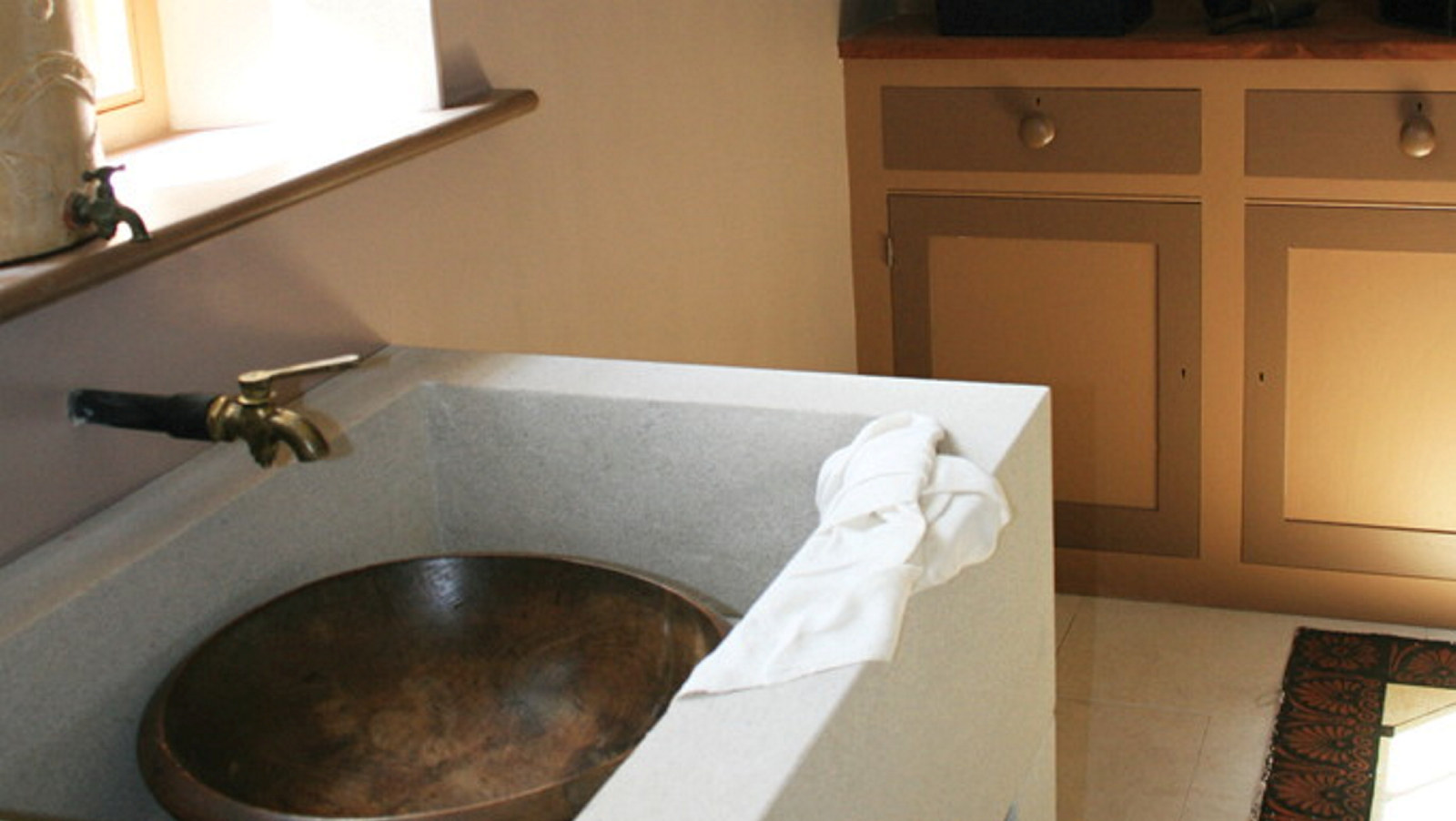
Absconding with the silver
Why we recreated the butler's pantry at Vaucluse House along with a fascinating tale of 'light fingered' servants
